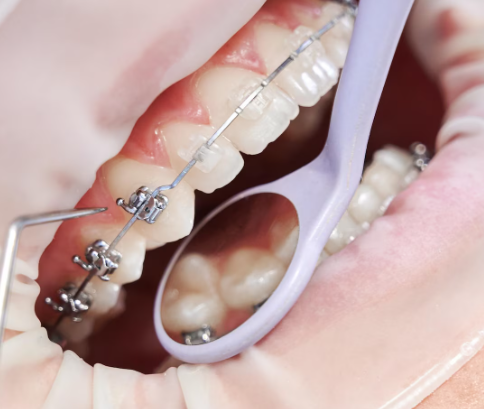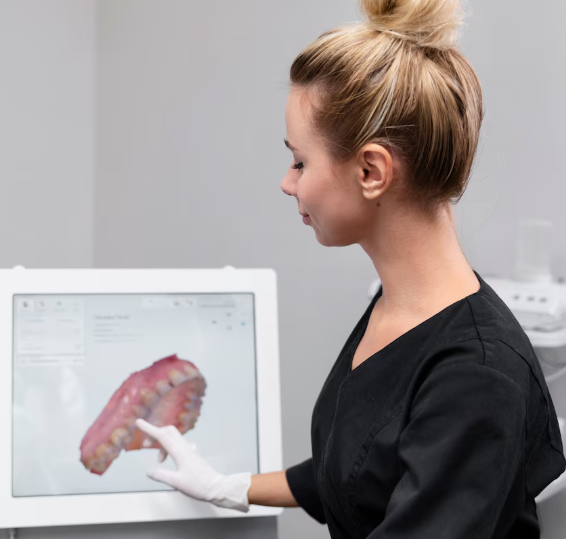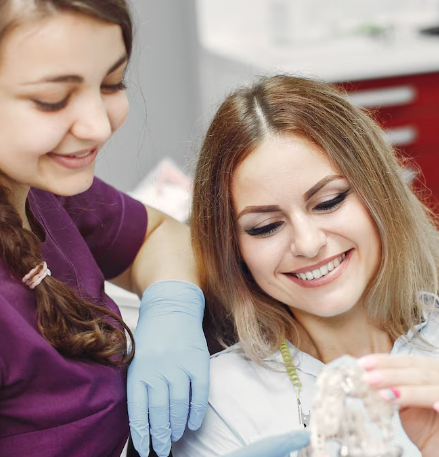Treatment Overview
Transconjunctival lower blepharoplasty is a minimally invasive surgical technique that addresses under-eye bags and puffiness without leaving visible external scars. Instead of making an incision on the outer skin, the surgeon makes a small incision on the inner side of the lower eyelid (conjunctiva) to access and reposition or remove excess fat.
In Korea, this method has become extremely popular because it preserves the natural eyelid structure, minimizes downtime, and achieves smooth, scarless results. Korean surgeons often combine the procedure with fat repositioning techniques to correct tear trough deformities, ensuring a youthful and natural look.
Purpose & Benefits
- Removes or repositions excess under-eye fat
- Eliminates puffiness and bags while preventing a hollow look
- Leaves no external scar since the incision is hidden inside the eyelid
- Reduces downtime compared to traditional methods
- Can be combined with fat grafting or skin resurfacing for optimal results
- Provides long-lasting rejuvenation of the lower eyelid area
Ideal Candidates
- Patients with under-eye bags caused by protruding orbital fat
- Younger individuals or those with good skin elasticity
- People seeking natural, scar-free results
- Patients who want to avoid external incisions and visible scarring
- Those who want a quick recovery with minimal risk of complications
Possible Risks & Complications
- Temporary swelling and bruising
- Mild irritation of the eye or conjunctiva
- Rare risk of asymmetry
- Over- or under-correction (can be revised if necessary)
- Dryness or temporary discomfort in the lower eyelid
Surgical Techniques Used
Korean surgeons are known for their advanced approaches to transconjunctival lower blepharoplasty:
- Conjunctival Incision: A small incision is made inside the eyelid, leaving no visible scar.
- Fat Repositioning: Instead of simply removing fat, surgeons redistribute it to fill hollows and tear troughs for a smoother contour.
- Fat Preservation: Emphasis is placed on keeping enough orbital fat to avoid a hollowed look.
- Combination Methods: Sometimes paired with laser resurfacing or skin tightening to address fine wrinkles or loose skin.
Recovery & Aftercare
- Initial swelling and bruising last about 1–2 weeks.
- No visible external stitches since the incision is inside the eyelid.
- Patients can usually return to normal activities within a few days.
- Cold compresses and head elevation are recommended to reduce swelling.
- Avoid strenuous activities, heavy lifting, or rubbing the eyes for 2–3 weeks.
- Final results become noticeable within 1–2 months as tissues settle.
Results & Longevity
- Smooth, natural transition between the lower eyelid and cheek
- Elimination of puffy under-eye bags
- Scarless results since there are no external incisions
- Long-lasting improvement, often lasting 10 years or more
- Youthful and refreshed appearance without overcorrection
Treatment Process in Korea
Korea is a top destination for transconjunctival lower blepharoplasty because of its advanced surgical precision and aesthetic focus.
- Expert Fat Repositioning: Korean surgeons are globally recognized for preserving and repositioning fat rather than removing it completely, preventing hollow eyes.
- Minimally Invasive Techniques: Surgeons in Korea specialize in using fine incisions and advanced tools to minimize trauma and speed recovery.
- Combination Procedures: Many clinics combine this surgery with tear trough correction, laser resurfacing, or PRP therapy for comprehensive rejuvenation.
- Customized Aesthetic Approach: Korean surgeons prioritize natural results tailored to the patient’s unique anatomy and ethnic features.
- Medical Tourism Infrastructure: Clinics offer translation services, recovery packages, and concierge support for international patients, making Korea a convenient and safe choice.
Cost Range in Korea
The cost of transconjunctival lower blepharoplasty in Korea depends on the clinic, surgeon’s reputation, and whether additional treatments are included.
- Standard Transconjunctival Lower Blepharoplasty: ₩2,800,000 – ₩5,000,000 KRW ($2,100 – $3,800 USD)
- With Fat Repositioning: ₩4,000,000 – ₩7,000,000 KRW ($3,100 – $5,400 USD)
- Premium Surgeons/Clinics (Gangnam, Seoul): ₩6,000,000 – ₩10,000,000 KRW ($4,600 – $7,700 USD)
- Comprehensive Packages (with resurfacing, PRP, or canthoplasty): ₩7,000,000 – ₩12,000,000 KRW ($5,400 – $9,200 USD)
Compared to the U.S. or Europe, Korean prices are 30–50% more affordable while maintaining world-class surgical quality.
Popular Clinics in Korea
- ID Hospital (Gangnam): Specialized in advanced blepharoplasty techniques with high international patient satisfaction.
- Banobagi Plastic Surgery: Known for natural results and scarless transconjunctival approaches.
- Dream Medical Group: Popular for lower eyelid rejuvenation and combined fat repositioning methods.
- View Plastic Surgery: Offers custom-tailored under-eye surgeries with advanced fat preservation.
- JK Plastic Surgery: Recognized globally for premium services and outstanding post-surgery care.
Summary
Transconjunctival lower blepharoplasty in Korea is one of the most effective and advanced ways to remove under-eye bags without external scars. By emphasizing fat repositioning and natural contouring, Korean surgeons deliver youthful, long-lasting results with minimal downtime. Combined with Korea’s affordability, advanced medical infrastructure, and reputation for excellence, this procedure has become a top choice for both local and international patients seeking under-eye rejuvenation.




